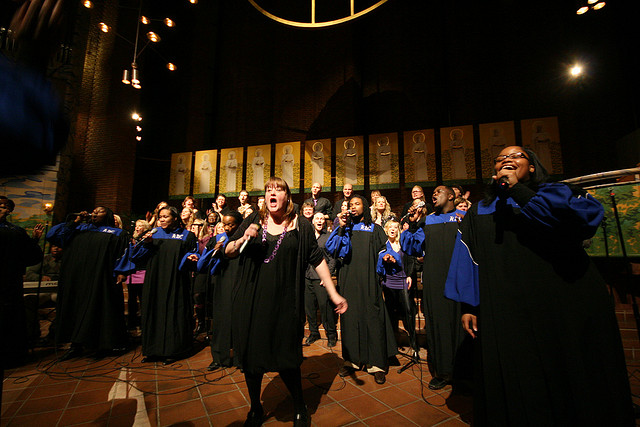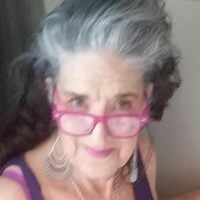“I own a second-hand furniture store,” I told the woman sitting next to me when she asked me in a conversational way what I did for a living. “How about you? What do you do?” I then asked her.
She was the Director of Music for the unified school district.
I have to confess: I was shocked.
She was a very dark black woman with a gold tooth in the front and wide, short fuzzy braids. I had thought she was a housekeeper in a hotel—or maybe a crossing guard.
But the Director of Music—not for a single school, for the entire school district.
How could she have such a job? I wondered.
I walked out to the car, grateful that I had somehow been able—maybe—to conceal the fact that sitting next to me was a woman with a Ph.D. in music and a masters degree in school administration and who, because of her color and her braids, and based on nothing else, I had assumed was also nothing other than a housekeeper—or maybe a crossing guard.
It was the late 1990’s and the black woman and I were sitting at a table sharing a potluck dinner in the basement hall the African Methodist Episcopal Church in the city in which I lived. I was not African nor was I Methodist or Episcopal. I was mainly a white woman who wanted to sing black gospel music the way black gospel singers sang it and what this AME church had was a choir director who invited me to join her choir.
From the beginning, I dealt with feeling like a stranger in a strange land in which I didn’t know the food, I didn’t know the dress code, and while the language was English, I didn’t know the idiom.
From the beginning I was scared—scared that I wouldn’t say the right thing, that I would make continued assumptions, that I would think that the woman rehearsing in the pew next to me smelled different and that I couldn’t sing as good as she could or as loud as or as heartfelt as all the others could —after all, they were naturals. They had gospel singing in their history and in their blood and were born with big voice boxes.
From the beginning I was continually running into the previously unknown racist that lived inside of me and that kept raising her horrible eyes to mine and when I looked back…all I could see reflected in those eyes was me and my ever-so-white face.
“Remember, Melanie,” my father would say when I was growing up, adding that “people are equal, no matter what the color of their skin.”
“Everyone is your brother. Don’t ever forget it.”
My father was a visionary and a radical thinker way back in the 1940’s when such words as he imparted to me were simply not spoken. What he tragically failed to realize was that while the lessons he imparted to me about not being a racist were valuable, saying it didn’t make it so.
At least not to the fullest extent. At least not for me.
I had to live it.
Except for my 10 year membership in the African Methodist Episcopal church, black people had been virtually invisible to me all of my life. While I am not a racist per se—that is, I didn’t use the N word, I recognize racism when I see it in others, in government, law enforcement, neighborhoods and schools—I still suffer from the ingrained, reflexive racism that most white people have suffer from —even though we say we aren’t racist.
It’s complete naiveté for me, a white woman who has lived in a white-washed, whites-have-all-the-power society all of my life to claim otherwise.
I must be constantly vigilant and aware.
So long as I told myself that I was not a racist while, at the same time didn’t enter my mind that the black woman next to me had a Ph.D in music, that I was actually surprised to learn that among the church members around me were medical doctors, published authors and a judge, that I expected that the young black man walking up to the altar to be received in the church had just gotten out of prison instead of college and that the young black woman in the pew in front of me with four children in tow was a single, unwed mother instead of a married lawyer, I was a racist.
“You can’t be white and not be racist.”
Whether you act on it or live it out, is another story. But to not live it out, you have to admit it first.
Here is a self proclaimed redneck, good ‘ol boy from Texas, speaking truths from the front seat of his pickup truck about racism that, in his down home way, sound all the more true, go more directly to the heart, and are more challenging, clear, and succinct than anything I have heard from all the so-called college educated people wearing shirts and ties and standing behind cameras or behind the names of their organizations or political roles or behind their own behinds and who have so much to say on the subject.
Here is a poet, speaking a very uncomfortable truth.
I am grateful to him for telling my own story of racism.
*Note: Strong language that may be offensive to some is used in this video.
Author: Carmelene Siani
Editor: Renée Picard
Photo: US Embassy Sweden at Flickr











Read 0 comments and reply